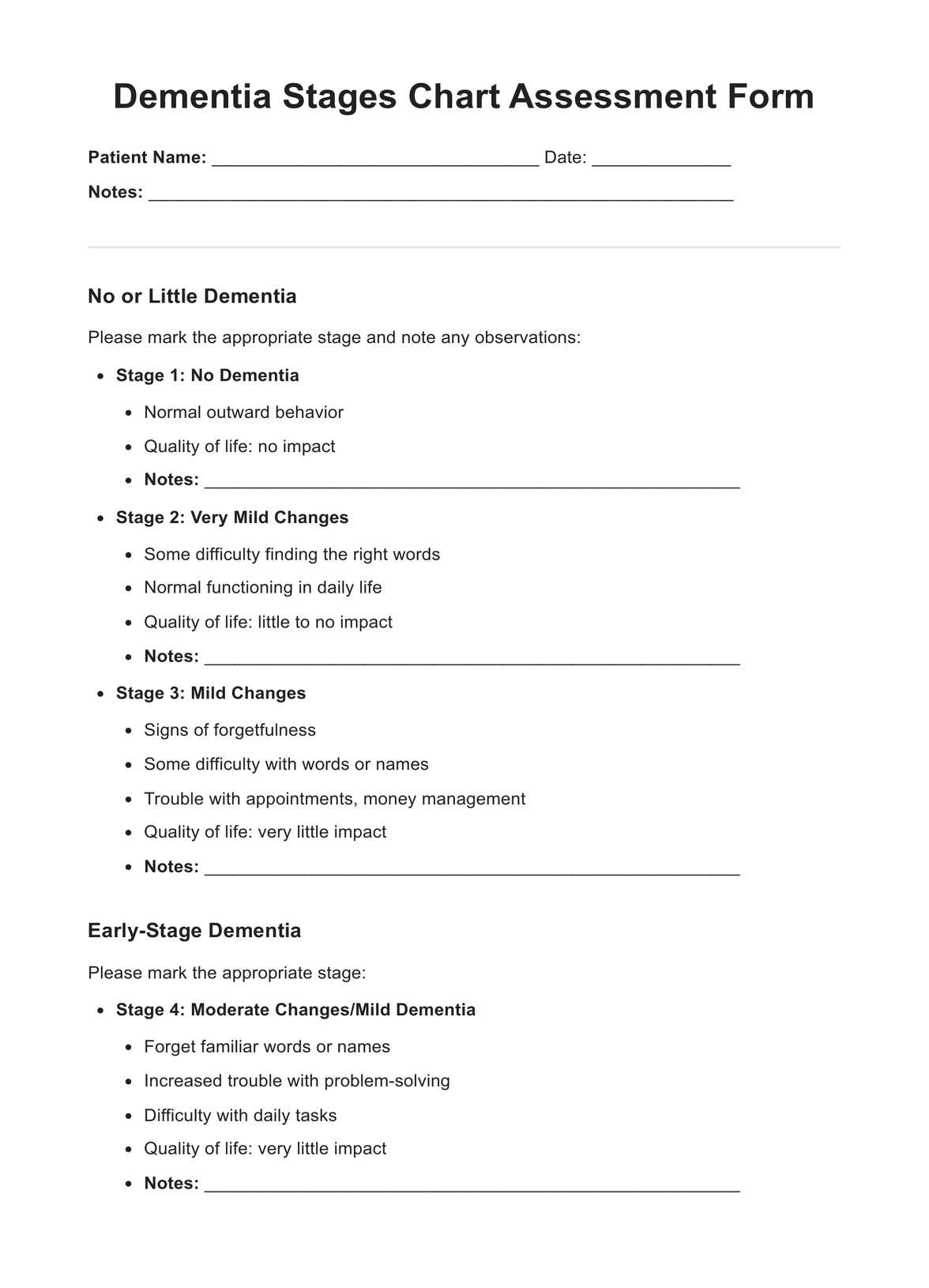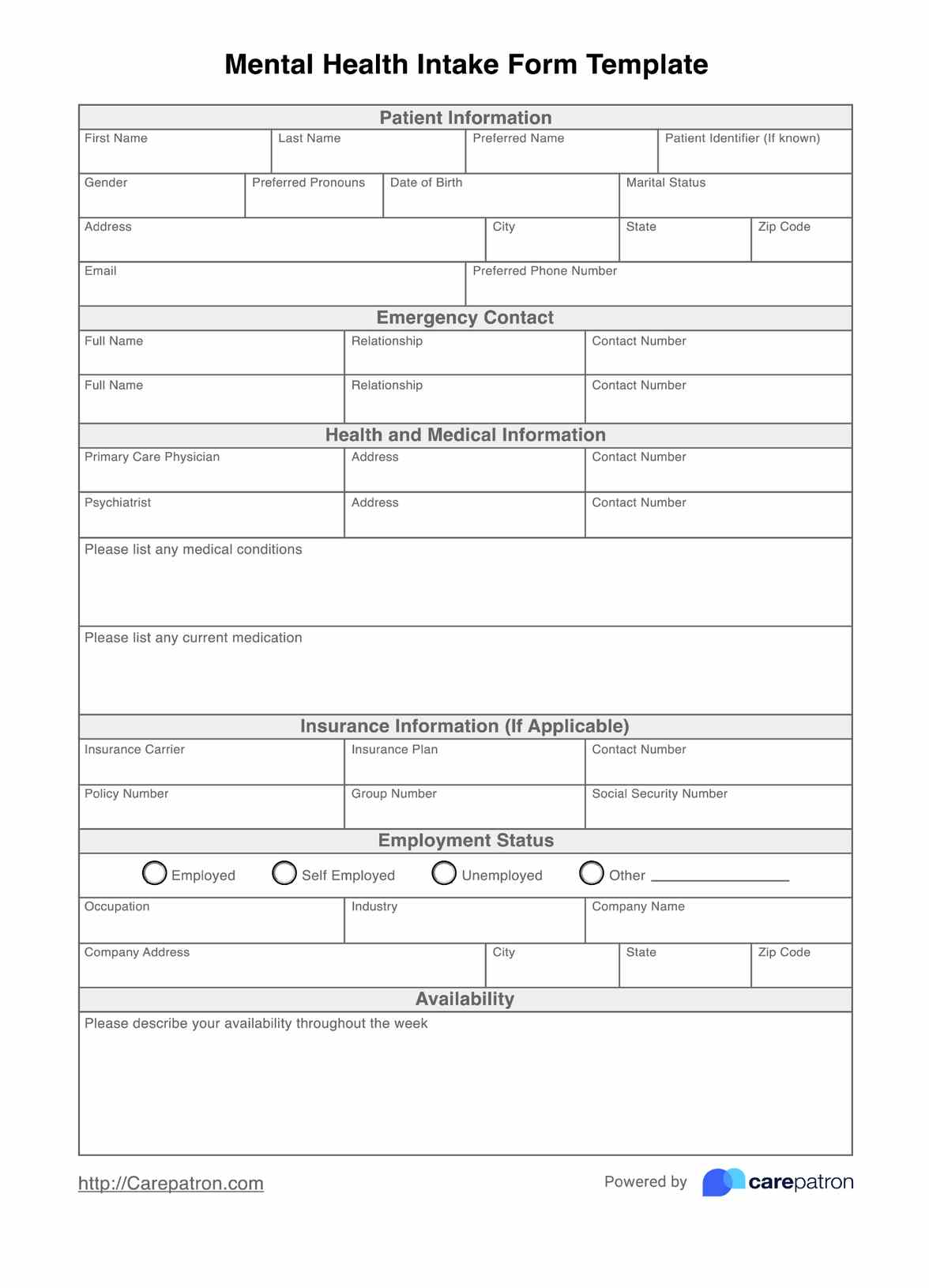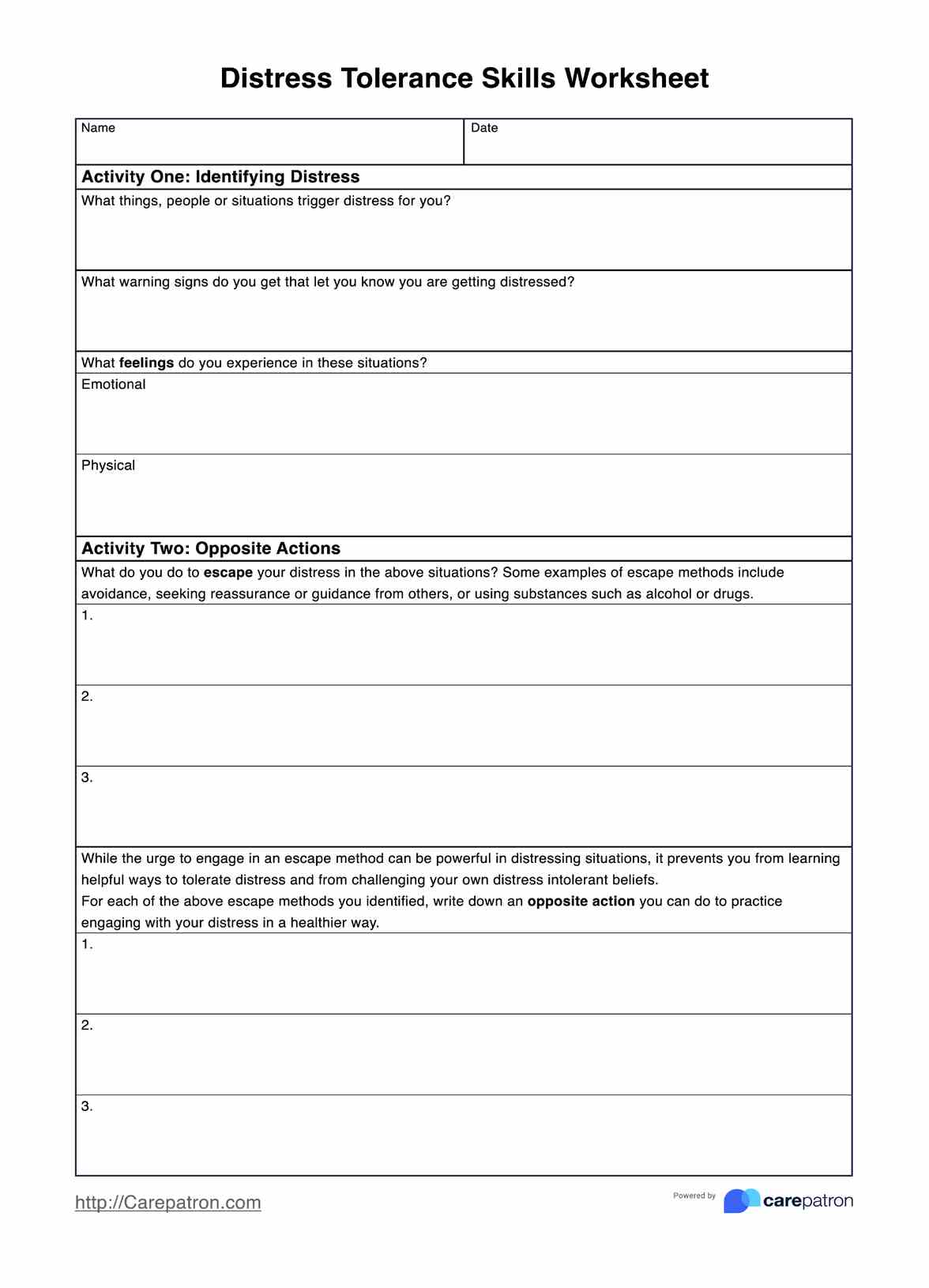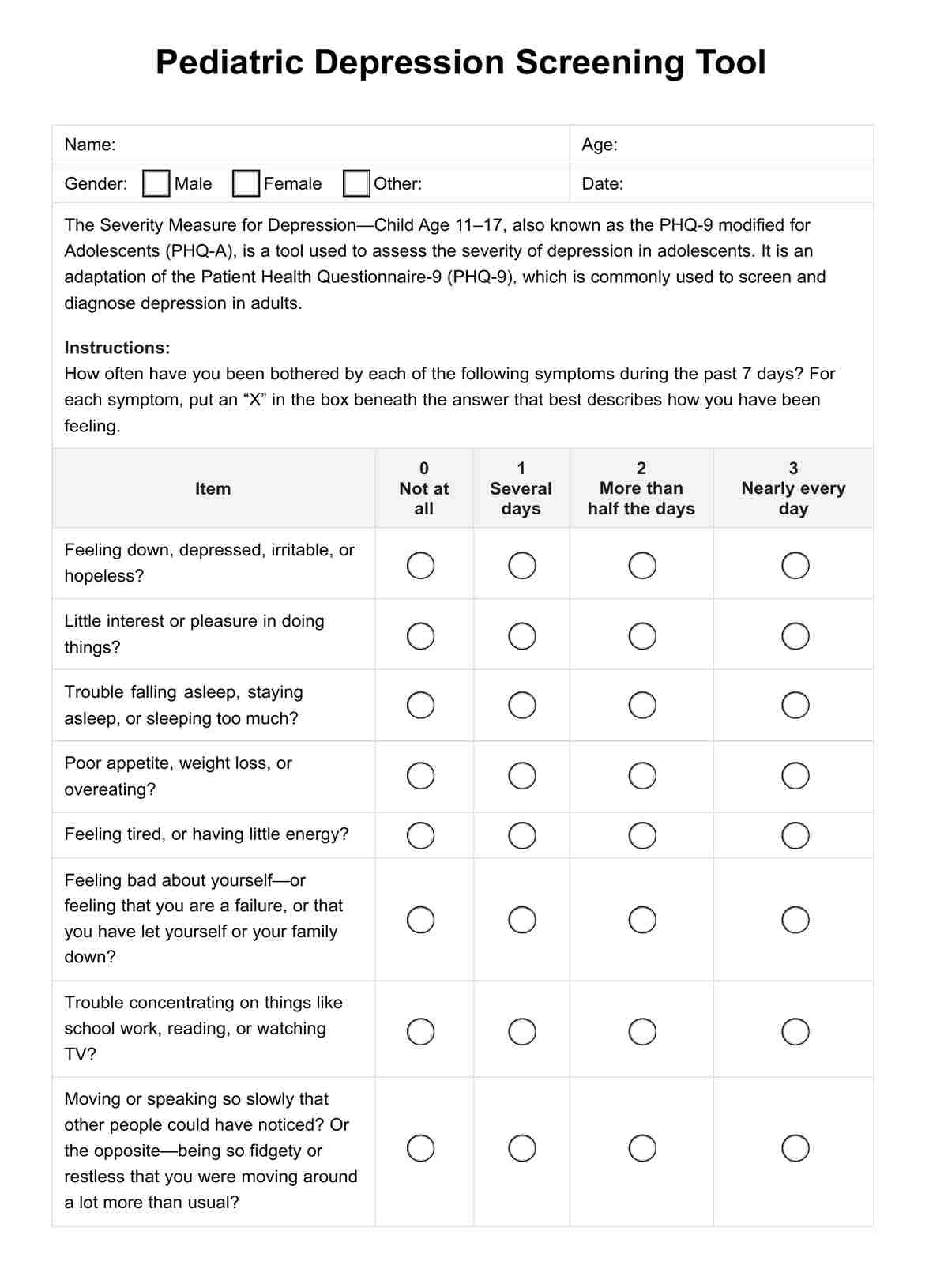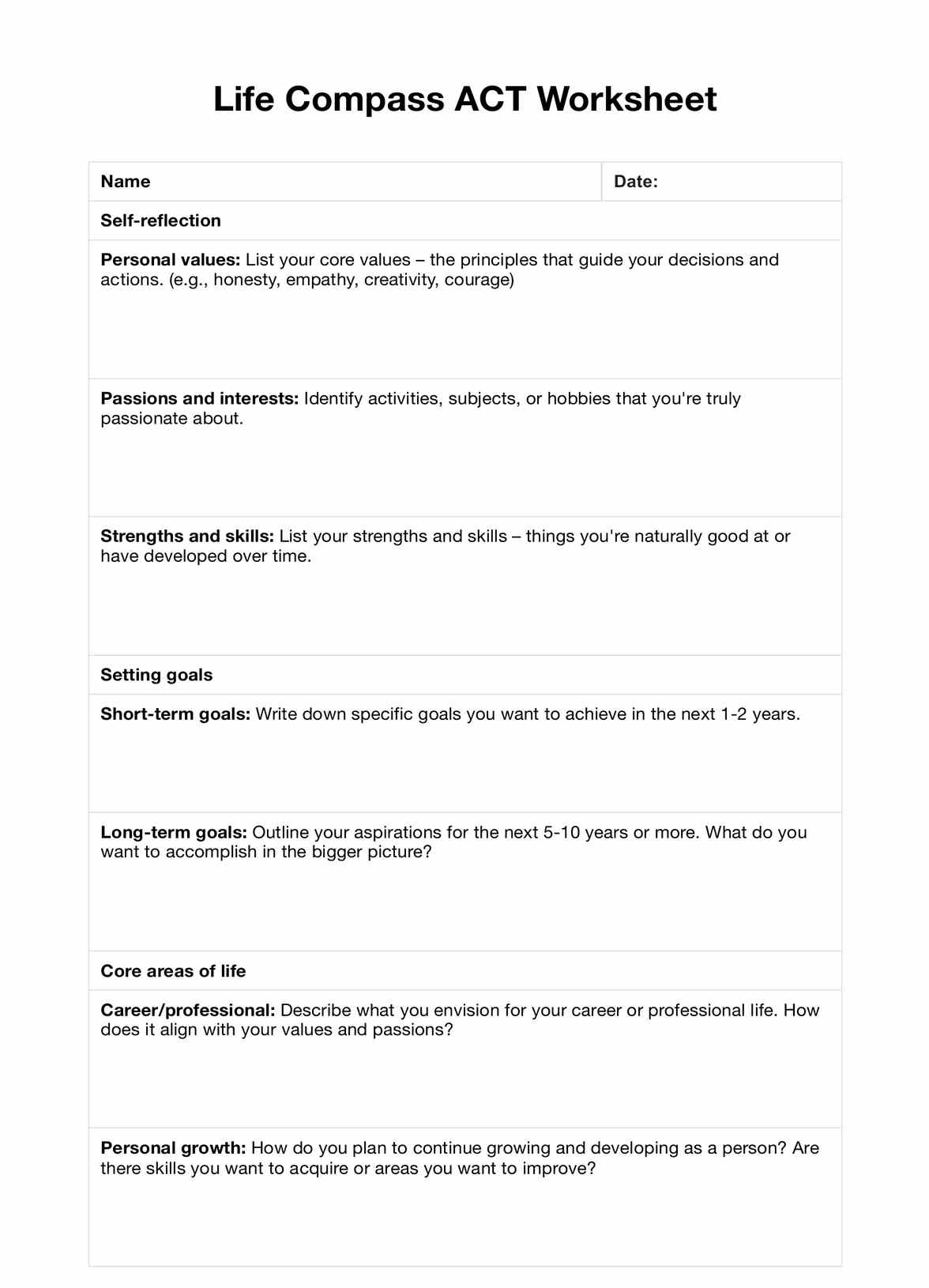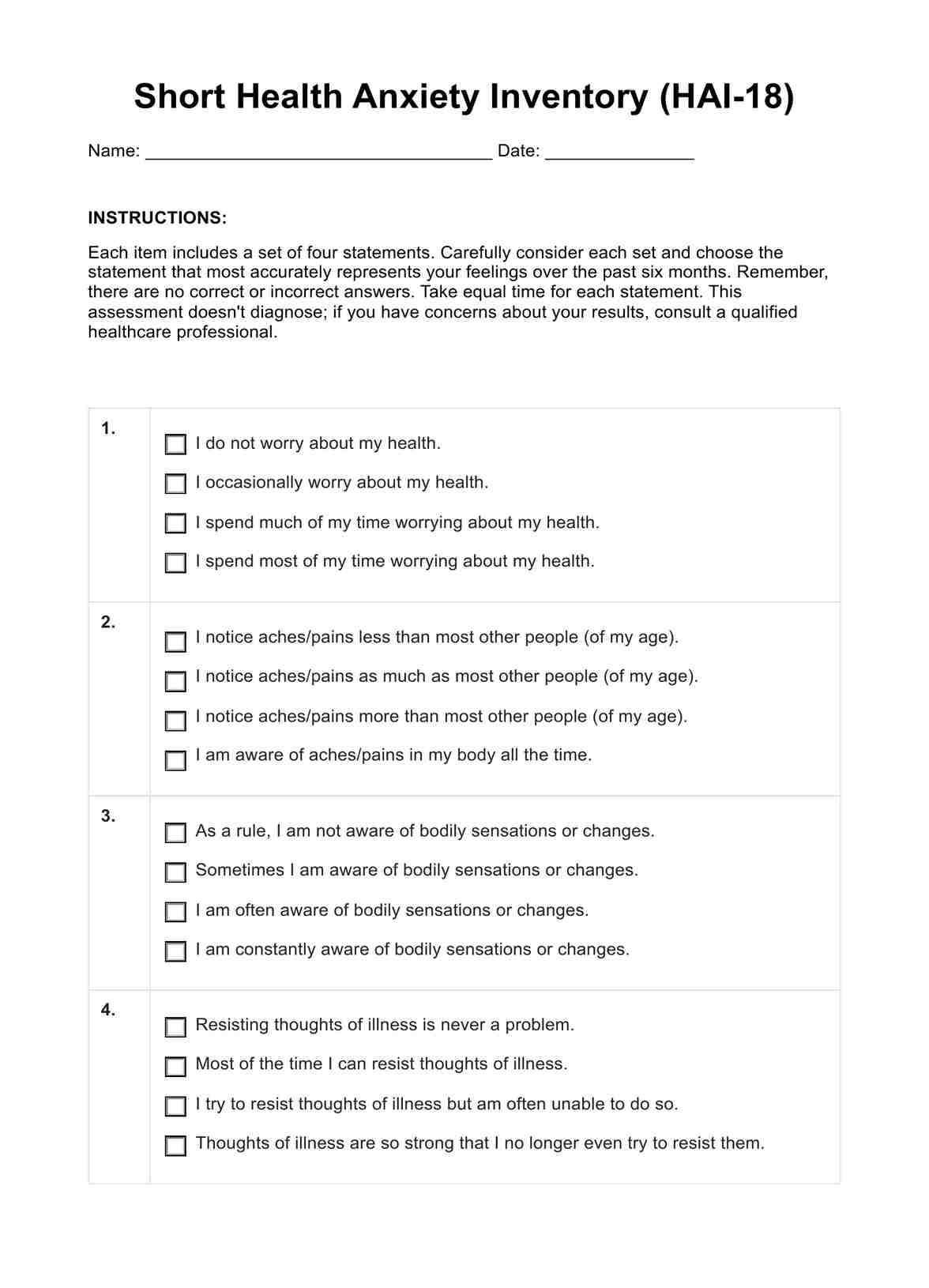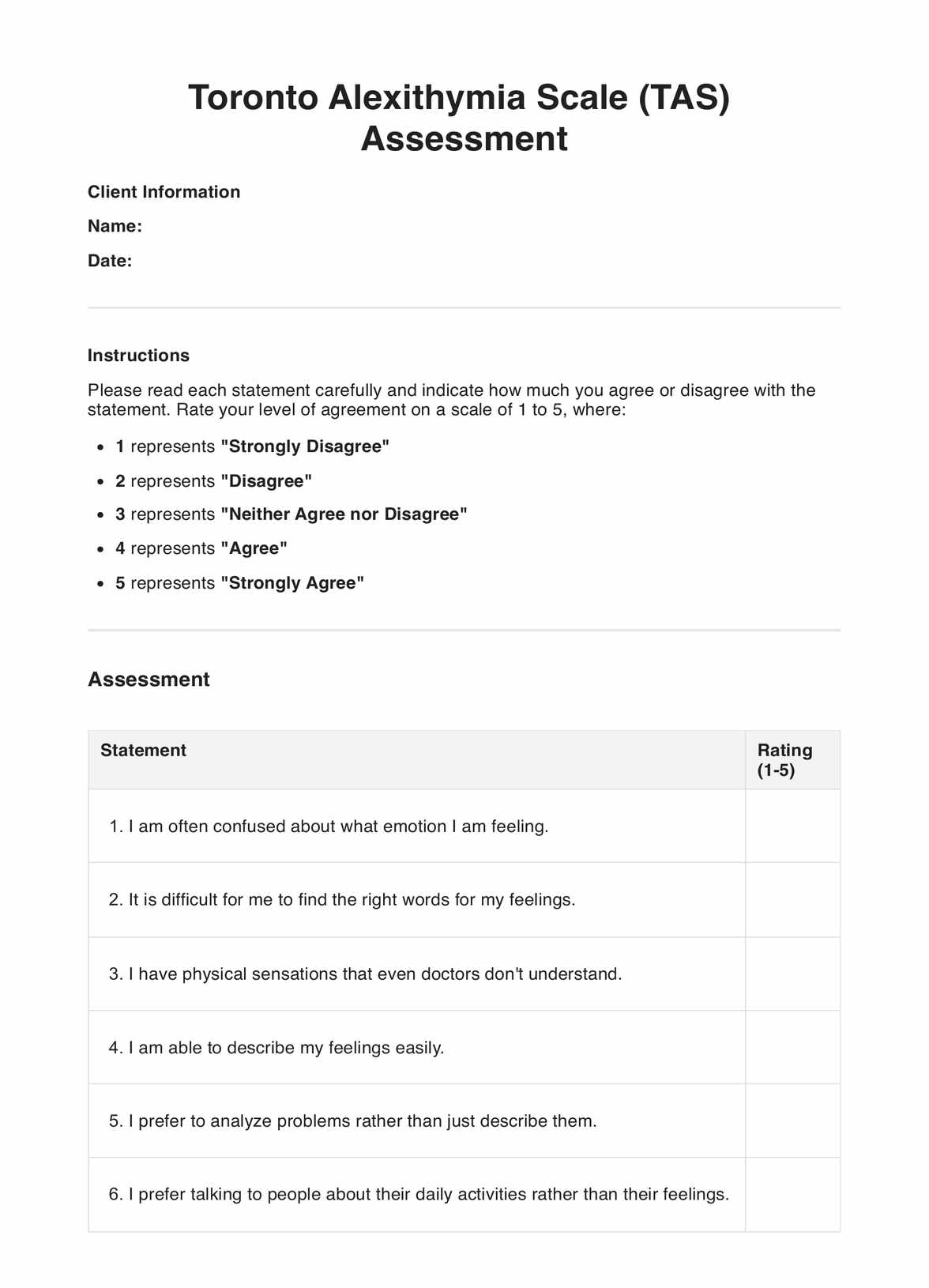Dyslexia Worksheets
Explore our Dyslexia Worksheets for effective reading, writing, and spelling support. Free examples are included for structured learning.


What is dyslexia?
Dyslexia is a common learning difficulty that primarily affects the skills involved in accurate and fluent word reading and spelling. Characterized by difficulties with phonological processing, verbal memory, and verbal processing speed, dyslexia occurs across all levels of intelligence.
It’s’ not just a simple matter of reversing letters, as commonly misconceived. Instead, dyslexia represents a different way of processing language in the brain. Although it is a lifelong condition, with the proper support, individuals with dyslexia can achieve good reading and writing skills. The impact of dyslexia, its severity, and the profiles of its strengths and weaknesses vary widely among individuals.
Dyslexia symptoms
Dyslexia manifests through various symptoms, which can vary significantly among individuals. Common symptoms include:
- Difficulty reading: This includes slow reading speed and errors even after repeated exposure to words.
- Problems with spelling: Dyslexic individuals often have difficulties spelling, which can be inconsistent (e.g., spelling the same word differently in a single piece of writing).
- Phonological awareness: Challenges in recognizing and manipulating sounds in words are a hallmark of dyslexia.
- Difficulty with written language: Many with dyslexia struggle with writing, organizing their thoughts on paper, and grammar.
- Avoiding reading and writing tasks: Individuals might avoid activities involving extensive reading or writing due to the challenges faced.
- Issues with time management: Dyslexia can affect processing speed, leading to difficulties in managing time effectively.
Dyslexia causes
The exact causes of dyslexia are still not completely understood, but research indicates that genetic and brain-based factors play significant roles. Key causes include:
- Genetic influences: Dyslexia often runs in families, and researchers have identified several genes contributing to the condition.
- Brain anatomy and activity: Studies using brain imaging techniques show differences in how the brain of a person with dyslexia develops and functions. For instance, areas of the brain typically associated with critical reading skills may show atypical activity patterns.
- Language processing: Dyslexia is linked with difficulties in processing the sounds of language (phonological processing), which is crucial for reading and spelling.
- Environmental factors: While dyslexia is primarily inherited, factors such as education, cultural exposure to reading, and teaching methods can influence the severity and manifestation of symptoms.
Understanding these causes helps develop effective teaching strategies and interventions to support dyslexic children and individuals overcome their challenges.
Dyslexia Worksheets Template
Dyslexia Worksheets Example
What are Dyslexia Worksheets?
Dyslexia worksheets are specialized educational tools specially designed to help individuals with dyslexia improve their reading, writing, and comprehension skills. Worksheets targeted for dyslexic learners are typically structured to address these challenges.
These are through multisensory learning methods, breaking down phonics, simplifying spelling rules, and providing practice that builds literacy skills in a fun and supportive manner. Educators, therapists, and parents often use these materials to provide targeted support in a structured format.
Phonics worksheets
Phonics worksheets are essential in dyslexia education, assisting students in grasping the connection between written letters and their associated sounds—a frequent obstacle for dyslexic learners. Such worksheets provide a mix of activities, including matching exercises that link sounds to letters, blending activities that merge individual sounds into complete words, and tasks to identify phonemes to improve word decoding. These exercises are designed to be repeated and progressively challenging to foster a solid foundation in phonics, building both confidence and competence in learners.
Spelling rule worksheets
Spelling rule worksheets specifically address the often intricate spelling rules, a common challenge for individuals with dyslexia. They reinforce key spelling conventions through exercises that clarify specific rules, such as the "i before e" guideline, and involve sorting words to visualize and physically organize them according to their patterns. They also emphasize understanding the exceptions to these rules, offering a comprehensive approach to mastering English spelling.
Reading comprehension worksheets
Reading comprehension worksheets are crafted to bolster the capacity of dyslexic learners to process and remember textual content. These worksheets typically include sequencing tasks to enhance the recognition of narrative or informational structure, question-and-answer exercises for immediate reinforcement of content and integrating visual elements to support and enrich comprehension. By combining these strategies, the worksheets aim to improve overall reading fluency and the ability to interact with and understand written material.
These exercises enhance reading fluency and comprehension skills, ensuring dyslexic learners can interpret, read, and engage with texts more effectively.
How to use our Dyslexia Worksheet template
Our Dyslexia Worksheet template is designed as a user-friendly tool to assist learners in navigating the challenges of dyslexia through structured and engaging exercises. It serves as a guide for educators and parents to support literacy development effectively.
Step 1: Print the worksheet
Ensure you have a clear, printed copy of the dyslexia worksheet, with all parts legible and easy to follow.
Step 2: Review the instructions
Go over the instructions for the worksheet with the learner to make sure they understand what to do in each section.
Step 3: Complete the worksheet
Guide the learner through answering the worksheet, starting from the first activity to the last, providing help and support as needed.
Step 4: Discuss the completed worksheet
After finishing, discuss the completed worksheet with the learner. Talk about which parts they found challenging and what they learned.
Step 5: Regular practice
Incorporate the use of similar worksheets regularly to provide consistent practice and reinforcement of the skills learned.
Benefits of using Dyslexia Worksheets
Dyslexia worksheets are valuable tools in the educational arsenal, offering several benefits designed specifically to assist learners with dyslexia in overcoming their unique challenges. Here’s how these worksheets can be particularly effective:
Tailored learning experience
Dyslexia worksheets are specifically tailored to meet the unique needs of dyslexic learners by addressing their common challenges in reading and writing. They feature a structured and clear layout that emphasizes one concept at a time to prevent overwhelming the student and incorporate multisensory learning approaches, including visual aids, tactile activities, and auditory components, to engage different learning styles and reinforce the material through multiple sensory pathways.
Reinforcement of fundamental skills
Dyslexia worksheets are crafted to reinforce fundamental literacy skills essential for academic success systematically. They include phonics practice to strengthen the association between sounds and letters, enhancing reading fluency, spelling exercises that help students develop an intuitive understanding of word construction, and tailored reading comprehension activities that improve the ability to understand and retain written information. These combined efforts ensure a solid foundation in reading and writing.
Confidence building
Using dyslexia worksheets can significantly boost a student's confidence through a gradual increase in difficulty, allowing for pacing that matches their learning speed and builds mastery at a comfortable rate. Additionally, the positive reinforcement gained from completing these worksheets provides a sense of accomplishment, further reinforcing their efforts and success, thereby enhancing their self-esteem.
Improved engagement
Engaging students with dyslexia can be challenging due to their frustrations with traditional learning methods. Dyslexia worksheets tackle this issue by incorporating interactive elements like games, puzzles, and frequently varied content and activities. This approach makes learning more engaging and less daunting and helps keep learners interested and motivated, effectively addressing the unique challenges these students face.
Support for educators and parents
Dyslexia worksheets provide crucial support for educators and parents by offering structured lessons that effectively address key learning objectives, making these resources especially valuable. They are designed for ease of use, saving preparation time and providing a straightforward method to track a student’s progress, thereby aiding in the efficient delivery of educational content tailored to dyslexic learners.
In summary, dyslexia worksheets are an invaluable resource in the educational toolkit for anyone supporting dyslexic learners. They enhance learning through structured and engaging activities and help build confidence and independence in dyslexic children.
How is dyslexia treated and managed?
Treating and managing dyslexia involves a combination of educational strategies, supportive practices, and, sometimes, technological aids. Here’s an overview of how dyslexia is typically addressed:
Specialized educational interventions
Educational interventions specifically designed for dyslexia address the core difficulties associated with the condition. These interventions use explicit and systematic instructional strategies to enhance reading, writing, and comprehension skills.
- Structured literacy programs: These are explicit, systematic teaching methods that focus on phonological awareness, phonics, vocabulary development, reading fluency, and reading comprehension skills. Such programs are effective for learners with dyslexia because they break reading and writing into smaller, manageable skills.
- Multisensory teaching techniques: Methods that involve learning through sight, sound, and touch can help reinforce the learning of letters, sounds, and words. For example, using sandpaper letters to trace with fingers while saying the sound can enhance phonemic awareness.
Accommodations and support
Accommodations and support mechanisms are crucial for creating a learning environment that meets the unique needs of dyslexic students. These adaptations help ensure that students can access the curriculum and demonstrate their understanding in ways that minimize the impact of their dyslexia.
- Extended time on tests: Providing additional time for standardized tests and school exams can help students with dyslexia demonstrate their knowledge without the pressure of time constraints.
- Use of technology: Tools like text-to-speech software, audiobooks, and spell-checkers can assist in reading and writing tasks, helping to level the playing field in academic settings.
- Instructional modifications: Adjusting teaching methods and classroom materials to include more visual aids, providing copies of lecture notes, or offering oral exams instead of written ones can significantly benefit students with dyslexia.
Professional support
Professional support from specialists trained to address the learning needs of dyslexic individuals is essential. These professionals provide targeted interventions and support to improve language-based skills and offer coping strategies for managing dyslexia.
- Educational therapists/specialists: These professionals can provide tailored tutoring and intervention programs to address specific areas of difficulty in reading, writing, and spelling.
- Speech-language pathologists: They can assist with language-based learning issues, focusing on phonemic awareness and the mechanics of speech that can underlie reading difficulties.
- Counseling: Emotional and psychological support is often necessary, as children and adults with dyslexia may experience frustration, low self-esteem, and anxiety due to their learning challenges.
Home support
Support at home is just as important as the support provided in educational settings. Family members can be critical in reinforcing learning and providing a child with the emotional encouragement needed to navigate dyslexia.
- Regular reading practice: Encouraging reading at home, with a variety of engaging and appropriate-level materials, can improve reading skills and confidence.
- Open communication: Parents and guardians should maintain open lines of communication with teachers and support staff to ensure consistent support across home and school environments.
- Advocacy: Learning about dyslexia and advocating for necessary accommodations in educational settings can empower students and ensure they receive the support they need.
Treating and managing dyslexia is an ongoing process that often requires adjustments as the individual grows and their needs change. With the right support and interventions, however, individuals with dyslexia can succeed academically and in other aspects of life.
Commonly asked questions
Early signs of dyslexia in children include difficulty pronouncing words, learning the alphabet or recognizing letters, using new words, and following simple rhymes.
Yes, adults with dyslexia can still benefit from interventions like structured literacy programs, books, professional support, and accommodations in the workplace, which help improve reading, writing, and organizational skills.
Yes, dyslexia can also affect writing, spelling, math, and organizational skills, along with impacting short-term memory and processing speed.


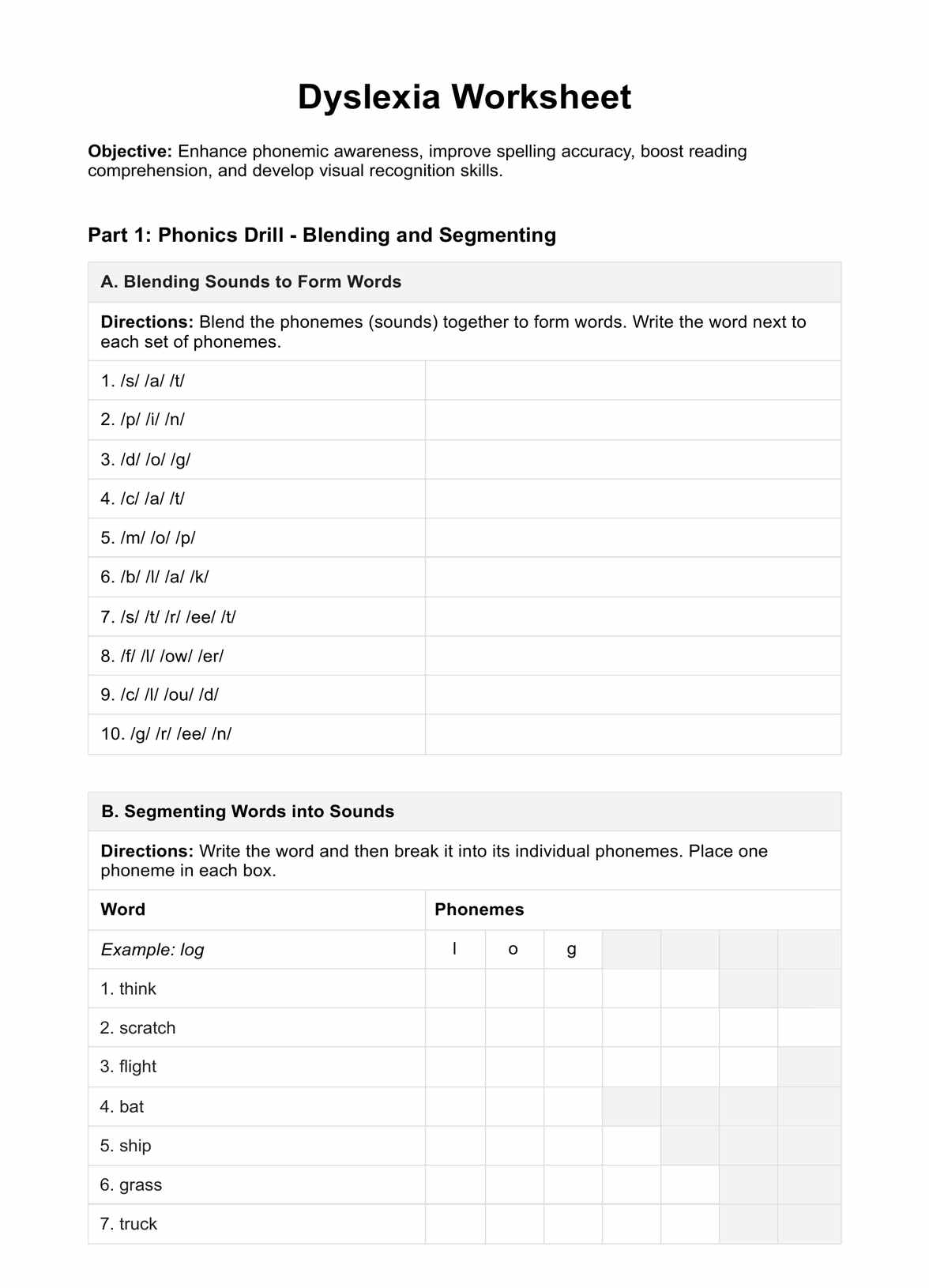
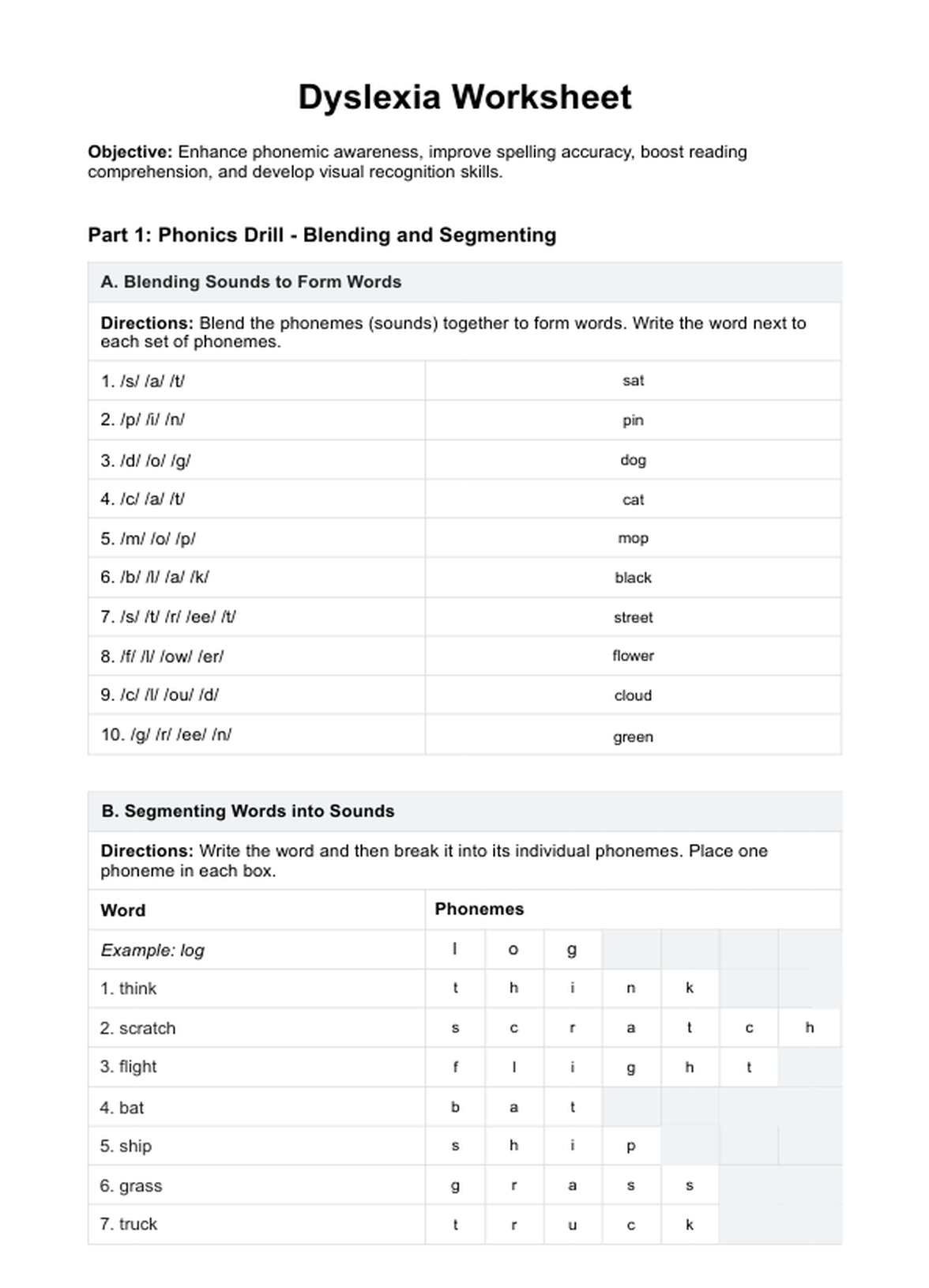

















-template.jpg)



















































































